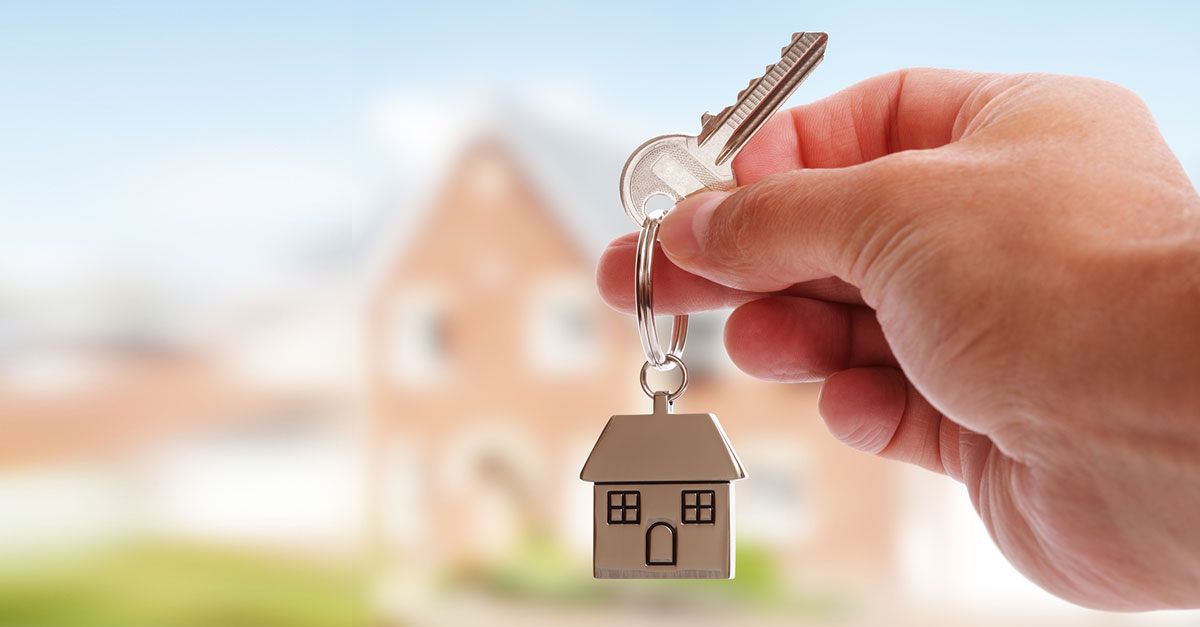What most people don’t talk about enough? The importance of second home insurance.
Before you dismiss it as just another payment, let us examine why this kind of coverage should be on your list of essentials for good reason and how to avoid paying too much or not getting enough protection.
Why There Is No Negotiation on Second Home Insurance
Let us face it: compared to your primary dwelling, second homes are frequently more vulnerable. They are frequently abandoned for extended periods of time, situated in high-risk areas such as beaches or floodplains, and occasionally even rented to strangers. That’s a recipe for unpredictability — and unfortunately, your standard homeowner’s policy isn’t going to swoop in and save the day.
1.Why this coverage is not only a contingency plan:
Your Primary Home Insurance Probably Doesn’t Cover It
Surprise! Your main home insurance policy isn’t going to protect your second property the way you might think.
Sure, there might be some liability spillover, but in most cases, your second home’s structure and contents won’t be covered. That means if a tree falls through the roof of your mountain retreat or a pipe bursts while you’re not there — your primary policy likely won’t help you foot the bill.
You need dedicated coverage that sees your second home as its own entity. Because it is.
2.Second Homes Are Usually More at Risk, Not Less

Think about it: second homes are often in high-risk locations charming, yes, but also exposed to wild weather, fires, floods, or even theft. Not to mention, when no one’s home for days or weeks, small problems can spiral fast.
A leaky pipe in your main house? You catch it within hours. In your cabin up north? That slow drip might become a moldy disaster by the time you’re back.
Your insurance should reflect that added exposure.
3.One Size Doesn’t Fit All
Not all second homes are created equal — and their insurance shouldn’t be either.
Whether it’s:
A rental property,
A condo with an HOA,
A non-standard structure (hello, historic cottage!
Or a house near a cyclone…
…your insurance requirements will be different.
The following can be included in a personalized second house policy:
protection for short-term rentals,
clauses regarding vacancies,
additional flood protection,
perhaps even more extensive liability protection for visitors.

Flexibility and clarity are crucial in this situation; adjust your policy to fit your lifestyle rather than the other way around.
What Does a Second Home Insurance Policy Need to Cover?
The golden rule is to insure everything you would be financially devastated to lose.
You should at least have coverage for:
The actual structure
Personal items within
Protection from liability (in the event that someone is hurt on the property)
covering for loss of use (if repairs render it unlivable)
Do not stop there, though. Consider:
Insurance against earthquakes or floods (particularly in high-risk locations)
umbrella responsibility in the event that your current insurance are insufficiently strong
terms specific to rentals if you are listing on VRBO or Airbnb
Expert Advice: Always inquire about what is not covered. Those exclusions are where the financial heartbreak often hides.
How to Save Money on Second Home Insurance (Without Sacrificing Coverage)
We get it no one loves adding another monthly payment.
1.Shop Around Expertly

You would not purchase the first vehicle you drove, would you? The same is true for insurance. Obtain estimates from several suppliers and evaluate coverage in addition to price.
Spoiler: the cheapest policy isn’t always the best one — especially if it leaves you high and dry when it matters most.
2.Secure the Property
Insurers love a low-risk home — and they’ll reward you for it.
Add value (and savings) by installing:
Security cameras
Deadbolt locks
Smart home monitoring systems
Water leak sensors
Even motion-sensor lights can help lower your premium. Plus, peace of mind? Priceless.
3.Bundle Up
Already have auto or primary home insurance? Ask your provider if you can bundle policies.
Bundling frequently results in significant savings, and having everything in one location makes management much simpler.
4.Inquire About Unknown Savings

You may be eligible for savings you were unaware of. Certain insurers provide reduced costs for:
Properties maintained by HOAs
Gated communities
Good credit or a history of no claims
“Is there anything I can do to lessen my rate?” is a question you should always ask.
Bottom Line: Safeguard the Investment You Put a Lot of Work Into
Second houses are frequently earned by careful saving, wise investing, or just having great dreams. So why leave that investment exposed to chance?
A second home deserves first-rate protection.
Whether it’s shielding against a hurricane, break-in, or just that pesky leaking roof — second home insurance isn’t a luxury. It’s a necessity.
And when disaster does strike (because life does happen), you’ll be grateful you thought ahead.



